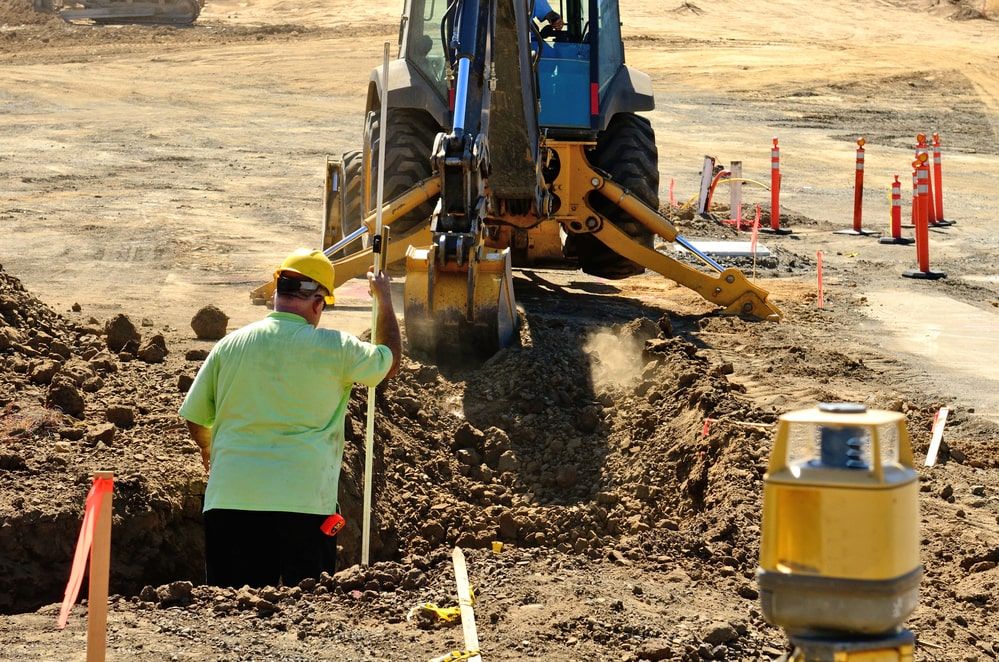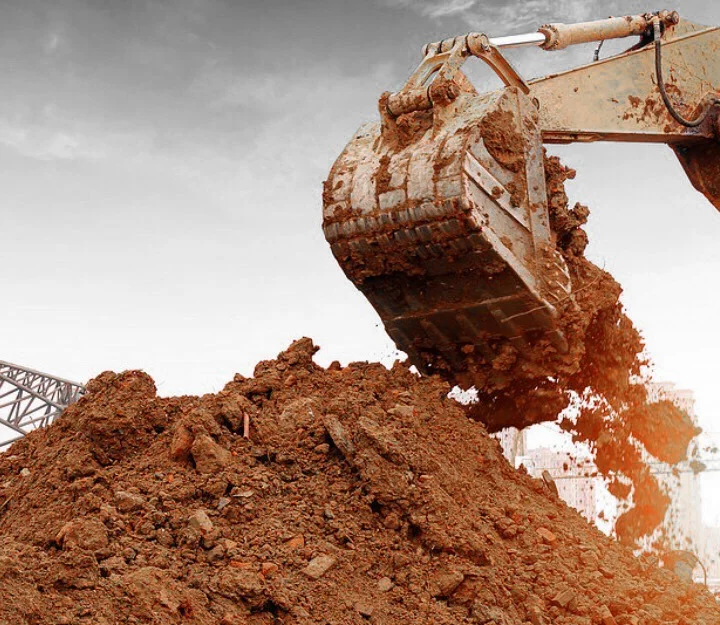Budget-friendly Lancaster Excavation - Top Quality Excavation at Competitive Rates
Budget-friendly Lancaster Excavation - Top Quality Excavation at Competitive Rates
Blog Article
Unveiling the Art of Excavation: Pro Tips for Safe and Efficient Digging
In the world of excavation, the proficiency of effective and risk-free digging is an art form that requires expertise, precision, and adherence to established techniques. As soil is transformed and earth is relocated, the details of excavation expose themselves, requiring an eager understanding of tools, soil make-up, security methods, and environmental factors to consider. The proficiency required to navigate these elements properly can indicate the distinction in between an effective excavation task and a potential disaster. By untangling the layers of this detailed procedure, a globe of techniques and understandings awaits those looking for to boost their excavation abilities to new elevations.
Value of Appropriate Devices
To guarantee the security and performance of any type of excavation task, making use of the proper tools is critical. Excavation projects differ in range and intricacy, varying from small residential landscaping work to large building endeavors.
These flexible machines come in different sizes to suit various job demands. Tiny excavators are excellent for smaller sized jobs, while bigger excavators tackle more comprehensive tasks successfully.
Apart from excavators, other crucial tools includes dump plates, trucks, and excavators. Dump vehicles are vital for eliminating and transferring excavated products, while trenchers are made use of for excavating slim and deep trenches. Excavators master jobs that need pressing big quantities of dirt or debris. By investing in the proper devices, excavation tasks can be finished safely, on time, and with precision.
Recognizing Dirt Composition
A comprehensive grasp of soil make-up is basic for implementing excavation projects with precision and safety. Understanding the various sorts of dirt is vital as it directly affects excavation techniques, equipment choice, and general job effectiveness. Soil composition usually contains 4 main parts: sand, silt, clay, and natural issue. Each element has distinct homes that influence how dirt responds to excavation processes.
Silt bits are smaller sized than sand yet bigger than clay, offering moderate drain and cohesion. Organic issue, such as decaying plant product, impacts soil fertility and security.
Before commencing excavation, performing soil tests to identify its composition and qualities is essential. This information helps in picking the suitable equipment, carrying out precaution, and developing excavation strategies customized to the particular soil problems - septic ohio. By recognizing dirt structure, excavation experts can enhance project outcomes while guaranteeing safety and security and adherence to ideal methods
Safety And Security Procedures and Procedures
Understanding soil composition is the keystone whereupon precaution and procedures for excavation jobs are built, ensuring the health of employees and the success of the endeavor. There are a number of vital procedures that need to be implemented to alleviate dangers and prevent mishaps. when it comes to safety and security throughout excavation.
Primarily, before any kind of excavating starts, a comprehensive evaluation of the site ought to be carried out to identify any type of prospective dangers such as underground utilities, unstable dirt problems, or nearby structures that could pose a risk. It is vital to have a skilled person supervise the excavation procedure to guarantee that all security methods are complied find out with purely.
Additionally, all workers involved in the excavation should be effectively educated in risk-free excavating techniques and the proper procedure of equipment. By adhering to these safety and security procedures and procedures, excavation jobs can be completed efficiently and without incident.
Reliable Excavation Preparation
When embarking on an excavation job, careful preparation is crucial to make sure efficiency, safety, and successful results. Effective excavation planning includes a number of vital steps that are vital for the smooth implementation of the task.
When the site analysis is full, the following action is to develop a clear timeline and routine for the excavation activities. This includes figuring out the sequence of tasks, equipment needs, and manpower allowance. Appropriate scheduling aids avoid hold-ups and guarantees that the task stays on track.

Additionally, communication amongst all staff member is paramount throughout the preparation stage. Clear directives, normal updates, and reliable sychronisation are essential for an effective excavation job. By spending time and effort in precise planning, excavation teams can considerably improve efficiency, lessen risks, and description achieve effective results.

Handling Ecological Considerations
With boosting focus on environmental sustainability in construction practices, handling ecological factors to consider has actually become a crucial element of excavation tasks. Excavation tasks have the prospective to affect the surrounding atmosphere via dirt disintegration, debris drainage, environment interruption, and contamination of water resources. To alleviate these threats, it is necessary to implement ideal practices that focus on environmental management.

Moreover, proper waste management is important to stop soil and water contamination. Executing procedures for the disposal of unsafe materials, recycling of waste products, and lessening making use of damaging chemicals can substantially minimize the ecological impact of excavation projects. By integrating these techniques right into excavation planning and execution, building and construction companies can make certain that their tasks are not only safe and efficient yet likewise environmentally responsible.
Conclusion
To explanation conclude, grasping the art of excavation calls for a detailed understanding of proper equipment, soil make-up, precaution, and efficient preparation. By adhering to these standards and thinking about ecological variables, excavations can be performed securely and efficiently. It is important to focus on safety and security and efficiency in every digging project to ensure effective end results.
As dirt is transformed and earth is moved, the ins and outs of excavation expose themselves, demanding an eager understanding of devices, dirt structure, safety and security procedures, and environmental considerations.To make certain the security and effectiveness of any type of excavation task, making use of the ideal devices is paramount.A thorough understanding of dirt structure is fundamental for performing excavation projects with precision and safety. Recognizing the different kinds of soil is crucial as it straight influences excavation techniques, tools selection, and overall job effectiveness. By understanding soil make-up, excavation professionals can enhance project end results while making certain safety and security and adherence to best techniques.
Report this page